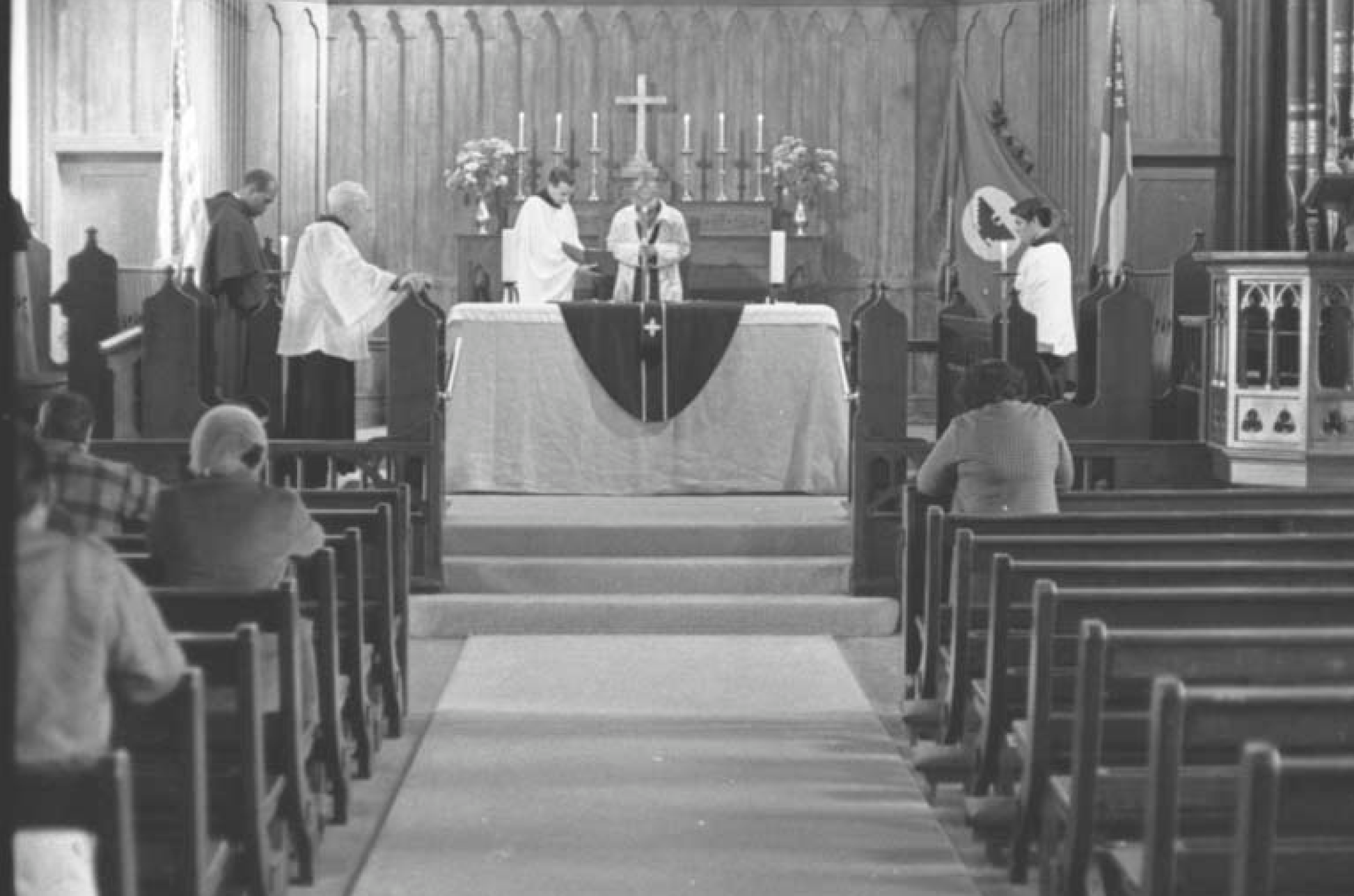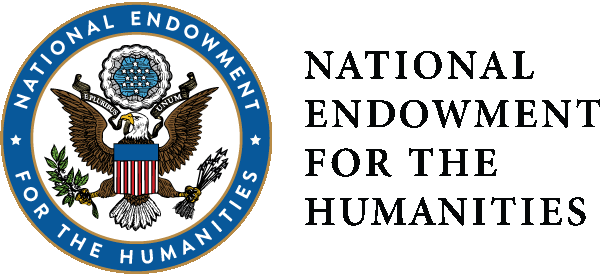Church of the Epiphany
Church of the Epiphany
Felix Zapata and other farmworkers holding candles at the Church of the Epiphany in Lincoln Heights, Los Angeles, 1966. Photo by Emmon Clarke.
Father John Luce (1930-2012) served as Rector of the Church of the Epiphany from 1965 to 1973 and he often invited César Chávez to preach from the pulpit and to give organizing workshops whenever he was around. He was brought in to improve the relationship between the Church of the Epiphany and the Mexican American neighborhood.
Farmworkers attending mass by Father John Luce at the Church of the Epiphany in Lincoln Heights, Los Angeles, 1966. Photo by Emmon Clarke.
Farmworkers attend mass at the Church of the Epiphany in Lincoln Heights, Los Angeles, 1966
UFWOC volunteers and organizers celebrate after working all day collecting donations. They are in the Church of the Epiphany basement in Lincoln Heights, in Los Angeles, 1966. Photo by Emmon Clarke.
Besides being recognized as the Los Angeles base for the UFW, the Church of the Epiphany was also the location of organizational efforts for the Blowouts, the Chicano Moratorium, the Brown Berets, the Latino support for the election of Robert F. Kennedy, and the location of the founding of the community newspaper La Raza.
Tom & Ethel Bradley Center
California State University, Northridge
18111 Nordhoff Street, Northridge, CA 91330
Phone: (818) 677-1200 / Contact Us


